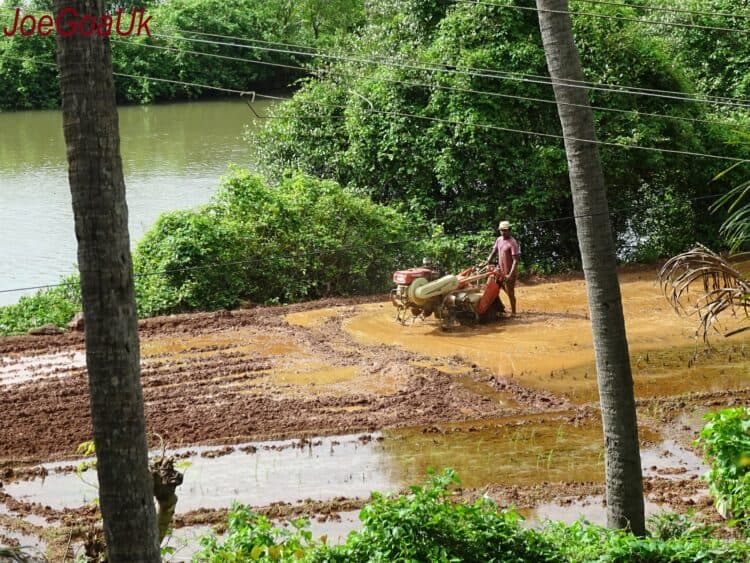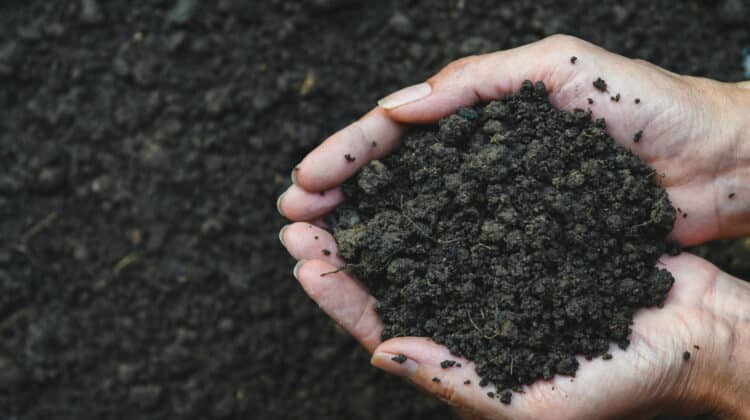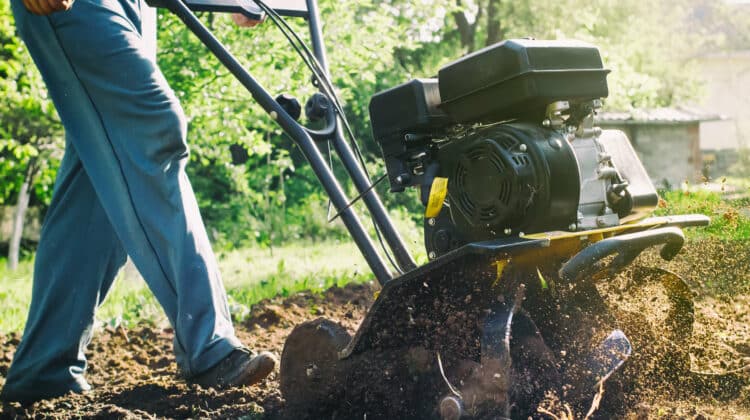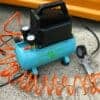
Imagine walking on a tightrope a hundred feet in the air.
You try to find your balance as you precariously make your way to the other end of the rope. Lean so much as an inch too much on one side, and you’ll hurtle to your doom.
Years spent working in the garden is not so different from the balancing act of a professional acrobat.
You need to find the perfect balance of sunlight and water. The amount of attention you give to a particular type of crop can also make or break how successful your harvest is at the end of the season.
One of the most critical factors to keep an eye on in your garden is soil composition. You want your soil perfectly balanced in terms of density for your plants to properly absorb water and nutrients.
Many gardeners and farmers find clay soil to be one of the most challenging and daunting soils to handle. Find the right balance between its components, and you’ll be surprised to find a thriving and bountiful garden.
Table of Contents
Digging Deep
Soil is a mixture of four components: minerals, organic matter, air, and water. Finding the right balance of these four components will result in rich soil that will make your garden thrive.
Contrary to popular belief, the ideal soil for a bountiful harvest comprises only 5 percent organic matter. Water and air comprise the bulk at 50%, while minerals comprise 45%.
In terms of minerals, clay soil contains mostly fine particles of sand, silt, and clay.
This ultimately makes the absorption of water and nutrients a slower process. Densely packed clay soil can also make it more difficult for a plant’s roots to grow.
Checking Soil for Clay
Finding the clay composition of your soil is neither difficult nor time-consuming. You also don’t need to prepare any special equipment and tools.
Follow these simple steps to check your soil’s clay composition:
1. Grab a handful of soil and roll it into a ball using your palm.
2. Compress the ball until it is firm and compact.
3. Hold the ball between your thumb and index finger.
4. With your thumb, squeeze the ball using an upward motion. This should form a long ribbon of soil.
If the soil remains intact for at least two inches, this means that your soil contains a high amount of clay.
You can easily check the clay composition by feeling its texture as well. Dry clay soil will feel hard and brick-like, while wet soil is sticky.
Soil high in clay will have to be amended for water and nutrients to pass effectively through.
Balancing Soil Composition for a Bountiful Garden
While it will be hard to grow your plants in clay soil, its opposite— sandy soil—will not be a better option for your garden either.
Sandy soil can be easily identifiable with its lighter color and texture. It is very difficult to roll into a ball and will break apart in the ribbon test.
Sandy soil will pose a different array of problems in your garden.
Since its particles are bigger than clay soil components, sandy soil is less compact, making it very easy for water and nutrients to pass through. This will make it very difficult for the plants to adequately absorb all the factors necessary for a thriving garden.
Both clay soil and sandy soil pose a problem in terms of balance. The solution is to find a healthy balance between the ratio of their components.
Healthy Soil: A Balancing Act
When checking for healthy soil, the ribbon test may also be applied.
Healthy soil should break apart at one-inch intervals. The texture of healthy soil should also be a balance between smoothness and grittiness.
Clay Soil Across the Tightrope
As mentioned, healthy soil is a balance between sandy soil and clay soil.
This means that the right amount of clay is beneficial for plants. It helps retain water and nutrients along a reasonable timeframe would allow for proper absorption.
Balancing the components of soil is called amendments. Several amendments would improve clay soil composition.
Choose between any three of these components to add to the clay soil mixture:
Organic Matter
Adding organic matter or compost is an affordable way to break up compacted clay soil. Spreading a layer of compost about three inches thick across your plot is an excellent place to start.
Sandy Soil
Mixing in sandy soil is a little more complicated than using organic matter. Sandy soil tends when combined with clay soil, tends to form hard-to-manage clumps when the ratio is unbalanced.
To avoid this problem, have the sand-to-clay ratio at 3:1.
Minerals
Adding in some minerals can also help loosen clay soil, but is more complicated since soil acidity is bound to be affected. Lime and gypsum are the usual choices for amending the clay soil.
Aside from affecting pH levels, the addition of minerals can also affect soil’s physical properties, such as moisture-retaining capacities.
Mix any of these three components to improve the structure of clay soil. Trust us, your plants will thank you with a bountiful harvest.
The Garden Tiller: The Key to Equilibrium
Help from a garden tiller will make your amendment work much more efficient and convenient. This tool can easily break up the soil to a depth of six to eight inches, which is more than enough to encourage healthy plant growth.
The ideal time to start tilling is during the beginning of the growing season. Soil that is only slightly moist will be the best for tilling.
Understanding that nature thrives in the concept of balance is what will set your cultivation skills apart from the rest. Remember that flexibility will be an invaluable asset in finding the right solution that would benefit your particular situation and environment.
It is all a balancing act.





